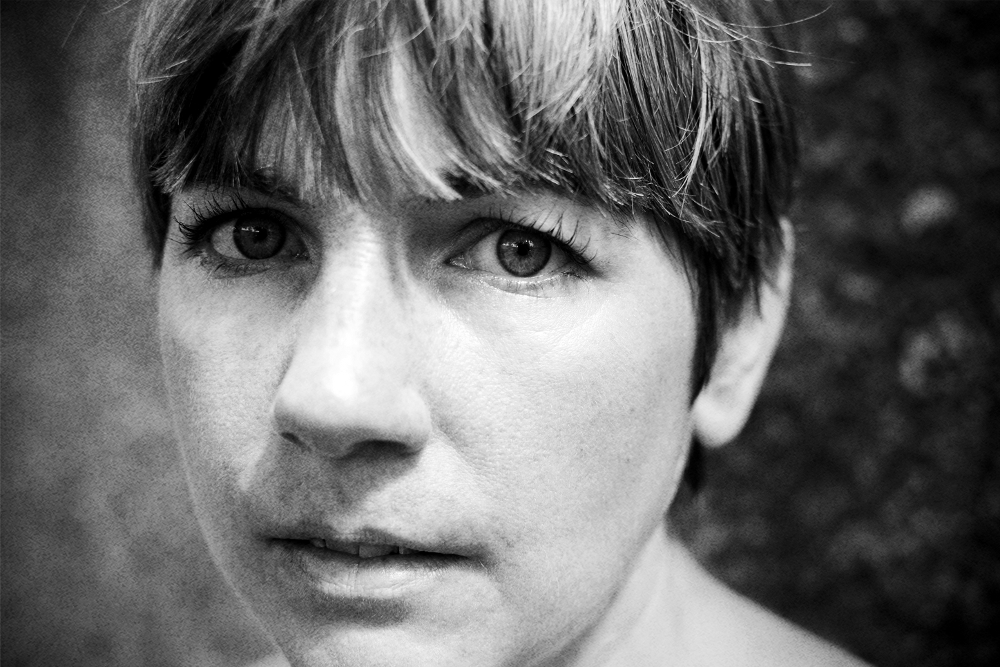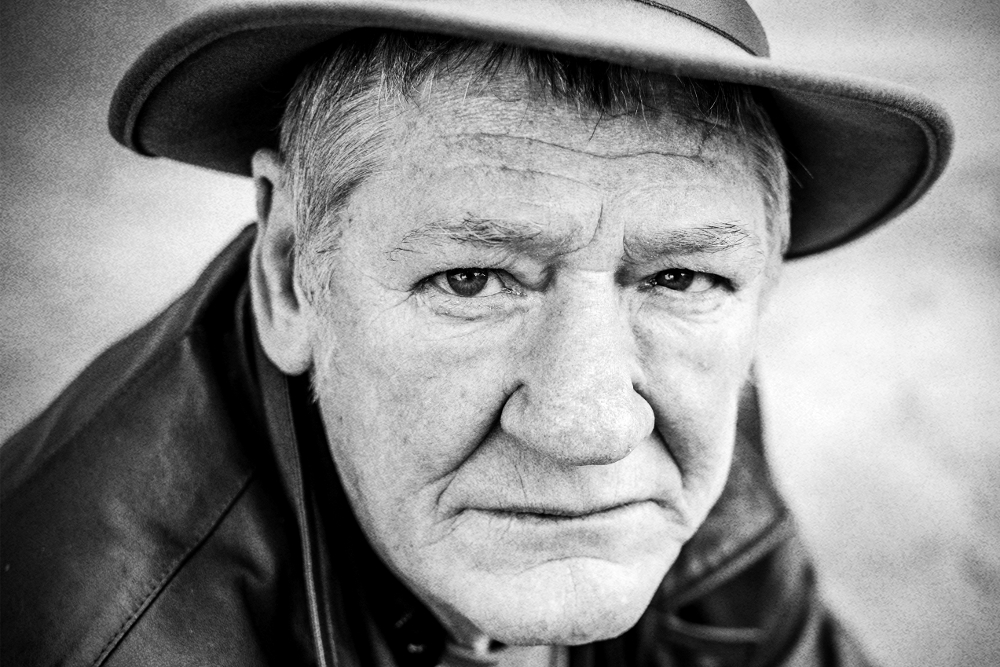JLP: What drove your choices of which poets to include?
NWH: However partial or incomplete, I sought to construct a kind of representation of the contemporary Victorian poetry ‘scene’ or ‘community.’ This meant including both rural and urban poets, performance or street poets, academic poets, emerging and established poets, as well as poets who exist somewhere between these otherwise tenuous and arbitrary divisions or categories.
I was always very conscious of the fact that, in striving to achieve this representation, the project ascribed to itself a kind of pseudo-anthologising quality. To some degree, this made it very difficult – I certainly don’t possess the qualifications required to credibly embrace the role of an anthologising editor. But I’m always surprised by the extent to which most anthologies reflect the aesthetic principles championed in the poetic work of their editors; they’re certainly not the objective and impartial documents they’re purported to be. So I really just embraced the fact I was coming at this from a completely unique angle and, in a way, I think this actually proved to be a real strength of the project; that it was facilitated by someone simultaneously connected with and divorced from the Victorian poetry ‘scene.’
In most cases though, my decisions were made on the basis of my engagement with a poet’s work. Of course it was often through conversation with other poets that I’d develop a conception about what other work I wanted to engage with. And there were also a number of ‘facts’ that assisted me in this respect. Some poets had published x amount of books or had books published with particular publishers or won or been shortlisted for certain awards or organised important poetry gigs or had work in this or that journal. This sort of information compelled me to consider including poets whose work I’d had little or no prior engagement with.

Photo of Petra White by Nicholas Walton-Healey
JLP: How did you come to the selection of poems?
NWH: I made a concerted effort to refrain from selecting any of the poems in this book. I tried, as much as possible, to allow the poet to make his or her own decision about how the poem related to the photograph. While I thought certain poems were more successful in relating to the portraits than others, I really tried to avoid projecting a preconception about how I thought the poet should respond to their portrait. The photograph was never supposed to be anything more than ‘a prompt.’
JLP: What do you think you might have learned overall about poets?
NWH: I don’t know that I’ve learnt anything about ‘them.’ And even if I allowed myself to make generalisations, I certainly wouldn’t articulate them here (joke). Poets are people. People who are not a whole lot different in terms of their complexity or unpredictability from the people I worked with in the Northern Territory or in an abandoned factory in Preston or out in the rural community of Raglan. People are wonderfully strange and, other than class (the poets have, whether through tertiary institutions or self-teaching, typically accessed education), I don’t really perceive any fundamental difference between them and any of the other subjects I’ve worked with.
I’m aware that – off the backs of poets like Rimbaud, Baudelaire, Whitman and Ginsberg (to name a few) – there’s a stereotypical image of ‘the poet’ as an isolated, drunken, romantic bard. And the portraits in this collection certainly play with this stereotype to some extent. In fact, a lot of the poets have even said things like ‘you make us look like we’ve been sleeping on the street for twenty years.’ But poetry is very primitive. That’s actually what attracted me to it in the first place. Pure idealism. That someone chooses to do something because the personal or cultural reward or recognition on offer (which, as I’ve already suggested, is remarkably minimal) is perceived to outweigh every other kind of practical or financial constraint. I think the integrity required to make this decision is really special and I’d like to think the respect I have for these people’s courage and bravery is also reflected in the photos. But I didn’t see any point in taking photos that merely flatter people. We see flattering imagery of people all the time and it’s really very boring.
JLP: We are publishing here some out-takes, not included in the book – why have you chosen these ones? What was the process by which you came up with the final portrait for each poet?
NWH: This process actually changed considerably as the project developed. In the earlier shoots, I selected a handful of photos that I sent to the poets, asking if there was a particular one that resonated with them poetically. But, as the project developed, and narratives or relationships began to emerge between images, I developed stronger convictions about which photographs I wanted to use; certain photographs were privileged because of what they contributed to the wider narrative. The photographs I’ve provided for you here didn’t quite work as effectively as the ones that appear in the book.
JLP: I know that some of the book’s portraits have been used by poets for their own poetry volumes, or social media headshots etc. Do you know how many of the images so far have had this knock-on of publication? It seems to me to have been another wonderful outcome of the project.
NWH: There’s have been a fair few. But I also know that several poets found my photographs really difficult and confronting. Aside from deciding which poets to include in the project, dealing with the responses to the portraits was the next most difficult thing. Sometimes I think I took a photograph that summed a person or a person’s poetry up too well and that struck a nerve. Other times, I privileged certain photographs because they displayed specific technical qualities that I was really proud of. It was actually refreshing when someone objected to a photograph I purposed to use on this basis because it reminded me that I’m dealing with people as much as with aesthetic objects. In some of the cases where a poet objected to the use of a particular photograph, the resultant dialogue proved to be one of the most insightful and constructive things to come out of the project. But I certainly wouldn’t say that all the poets like their portraits! I do truly hope though, that some of them can see where I’m coming from.

Photo of Ken Smeaton by Nicholas Walton-Healey









